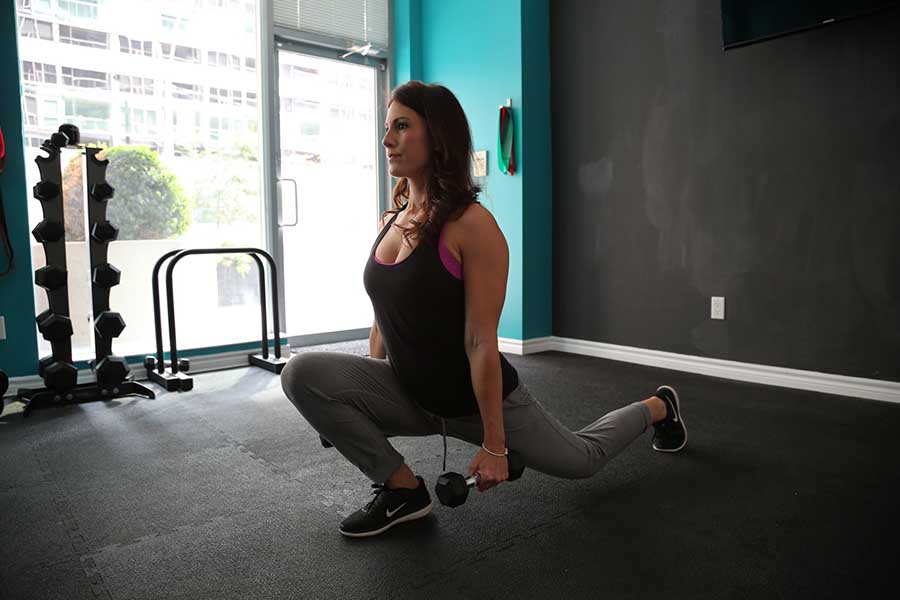Improvement in cancer research has increased our chances of detecting cancer at an earlier stage, helping individuals access better care and increasing the mortality rate after a diagnosis. Receiving a cancer diagnosis can be a life changing event, but the importance of exercise is still relevant with recent research showing that only a small amount of exercise can immediately improve treatment related side effects.
Exercising with cancer
Exercise can help people living with cancer in a myriad of ways, regardless of how active they were in the past. One of the biggest benefits from regular exercise is the positive impact on the quality of life outcomes and improved physical functioning.
Clinical trial evidence confirms that people involved with exercise interventions experience fewer and/or less severe treatment-related side effects such as pain and muscle wastage.
How can Exercise Physiologists help patients diagnosed with cancer?
MyEP Exercise Physiologists has played an integral role within the Sunshine Coast Haematology & Oncology Clinic & the Genesis Care integrated Cancer centre for over 5 years and leads the rehabilitation Centre within the Buderim facilities.
MyEP exercise physiologists have over 10 years experience working with cancer clients from all stages.
We tailor each exercise program to the individual’s abilities with specific exercise adaptations that may be required for people with cancer based on disease and treatment related adverse effects, anticipated disease trajectory, health status and other relevant factors. We focus on functional based training to help you return to the activities you enjoy and that you can comfortably do in your everyday life.
Our Exercise Physiologists prescribe and monitor an individualised exercise program to:
- Provide cancer-specific exercise education, advice and support to enhance the health and well-being of people with cancer
- Offer a safe environment to exercise in a clinical setting with professional supervision, which is also suitable for people who may be immunocompromised.
- Create and implement strategies to manage fatigue and pain from treatment (if present)
- Help maintain bone health, build muscle and reduce increases in fat
- Understand the physical impact and side effects of cancer and cancer related treatments and how to improve your physical health.
- Reduce the chance of developing new cancers and other diseases such as cardiovascular disease, diabetes and osteoporosis
- Reduce side effects such as muscle wastage
How much exercise is enough?
Both resistance and endurance based training has been shown to improve post-treatment related side effects and patients are often encouraged to continue exercising even when they experience fatigue or other treatment based side effects.
The overarching goal is to reduce the impact that treatment has on the body through the introduction of strategies to monitor and target the physiological and psychological side effects. Regular exercise can also boost the success of the treatment by being healthier and stronger to take on treatment dosages.
It’s recommended for people living with cancer to exercise at a tailored intensity level at least 20 minutes 3-5 times per week. Each exercise program is tailored to suit each individual based on current fitness level and diagnosis.
The guidelines recommend including a mix of aerobic and resistance training to help improve cardiovascular health, endurance, muscle and bone health and mental health outcomes.
A few key take home messages
Seeing an exercise physiologist with a specialty in cancer care is a great way to obtain some guidance throughout your journey before, during and after your treatment.
- You are not alone through your cancer journey – support networks are available.
- Side effects are common during cancer treatment and severity differs between everyone.
- Although you may feel mentally and physically drained, exercise can help you feel better.
Photo by Sergio Pedemonte on Unsplash

